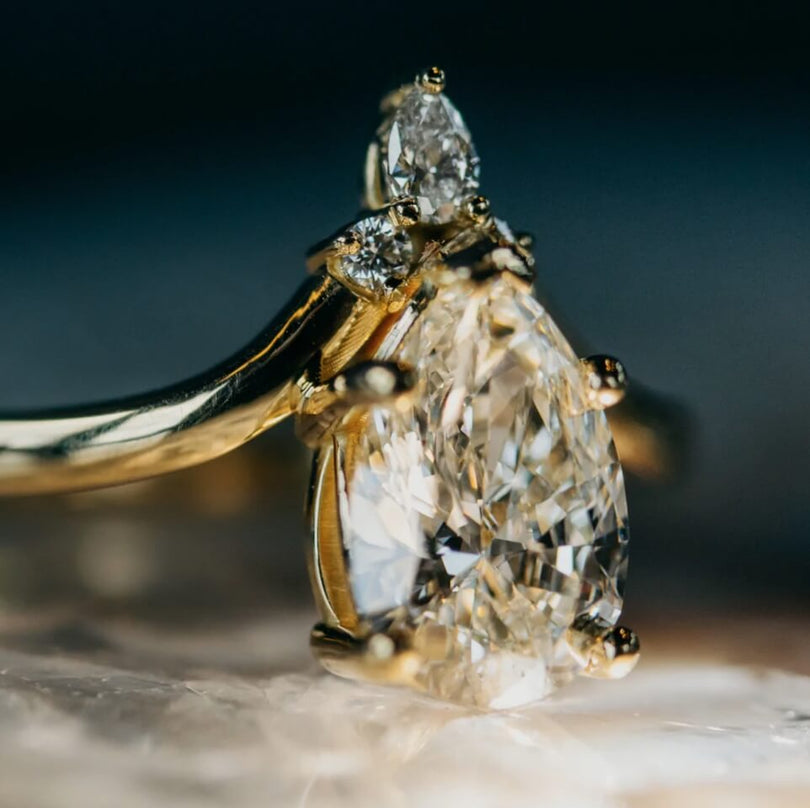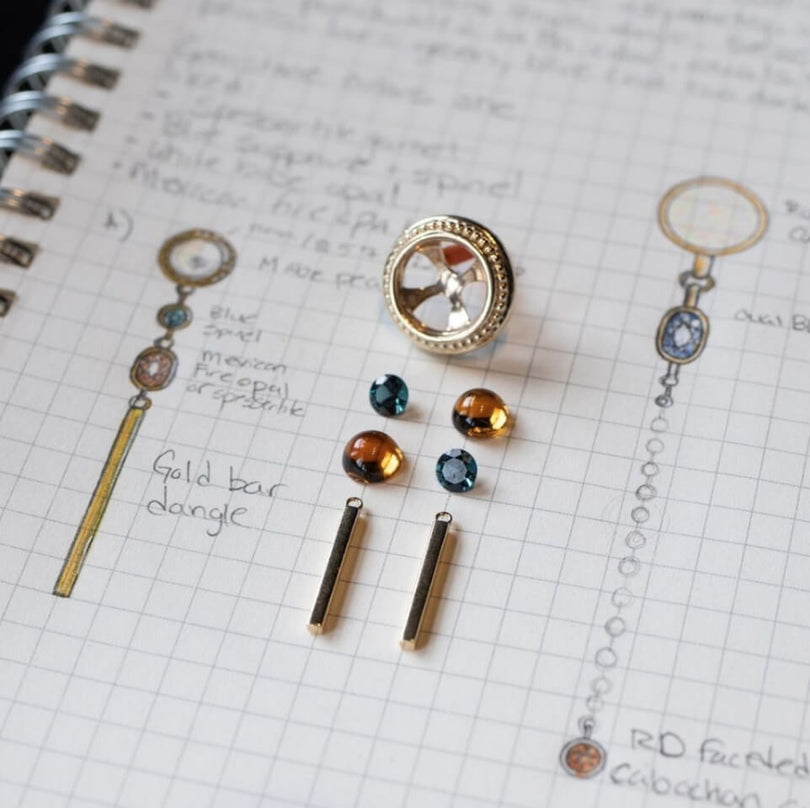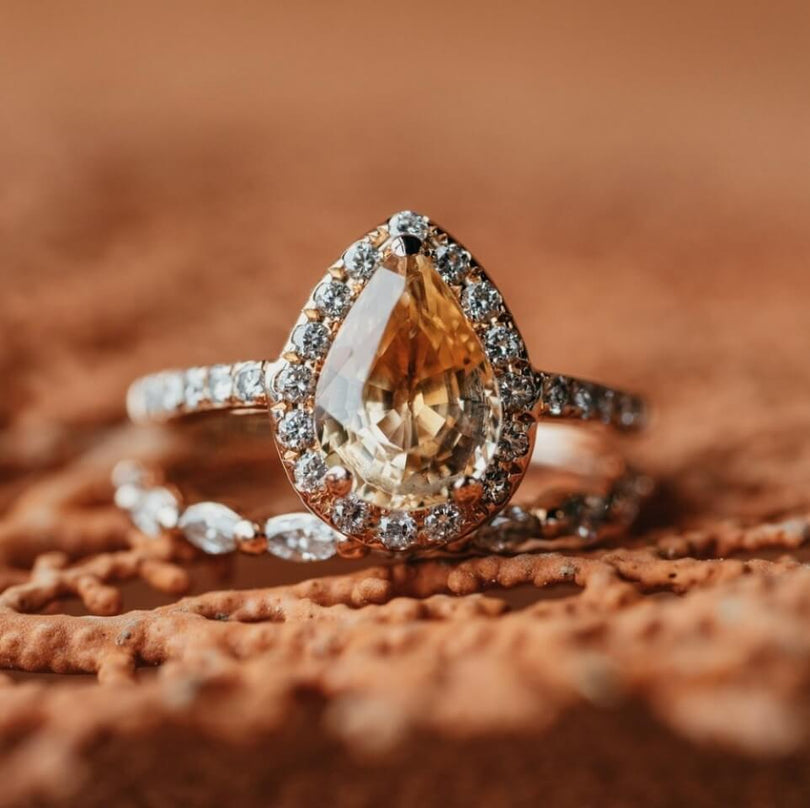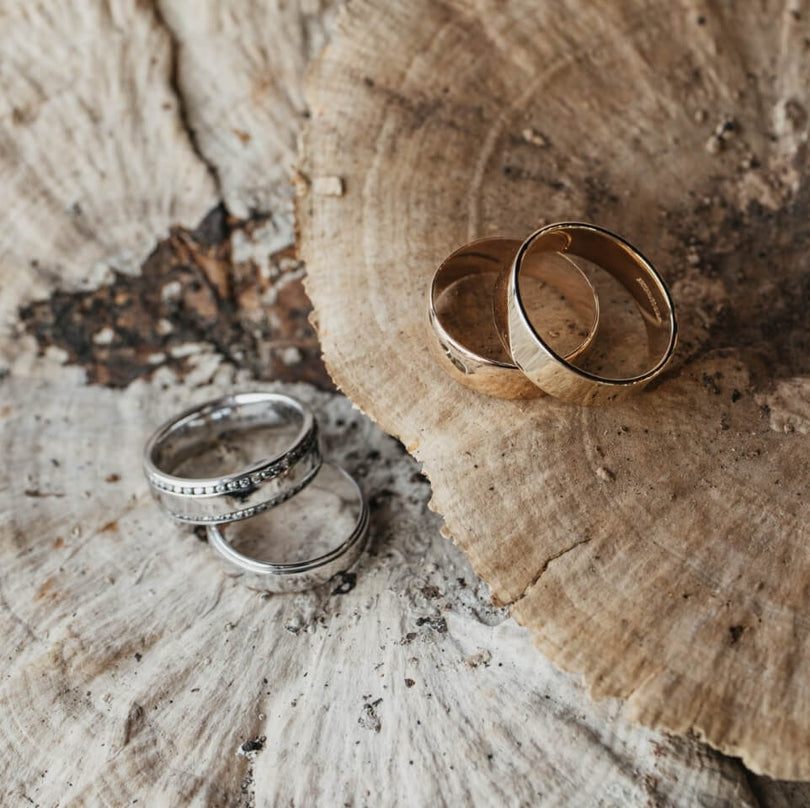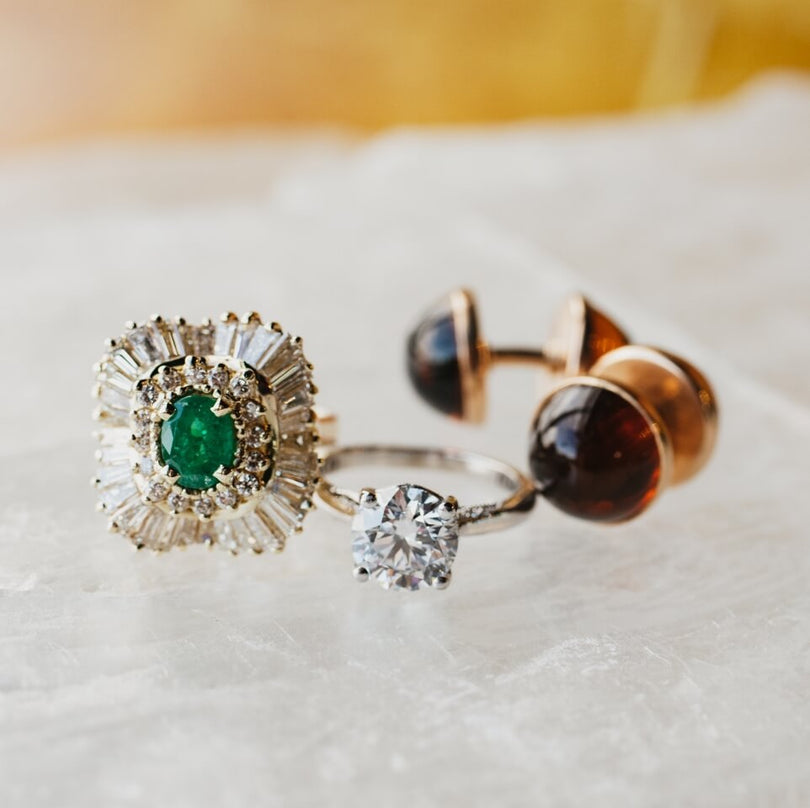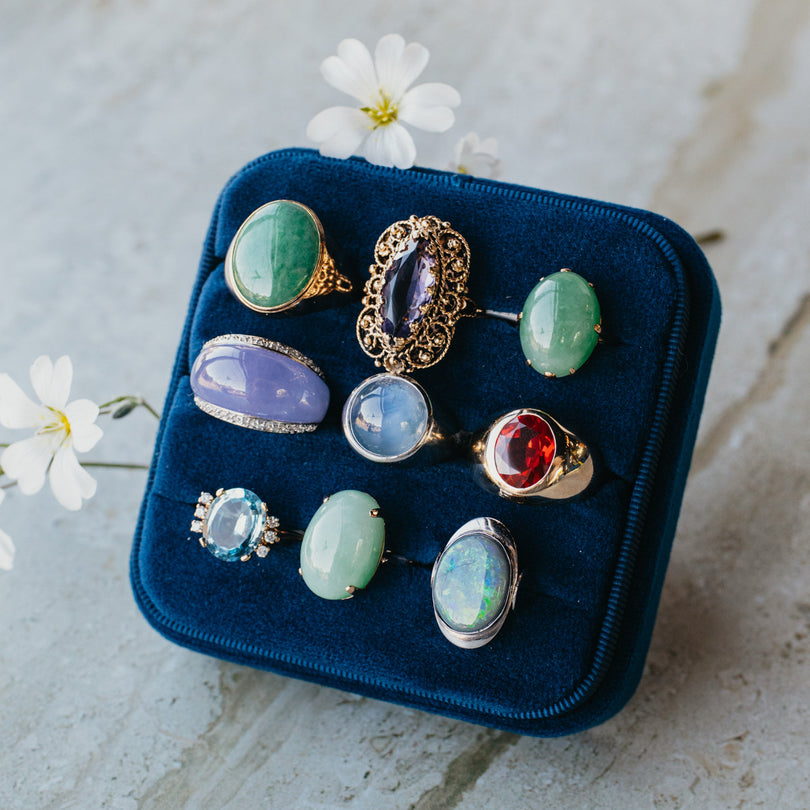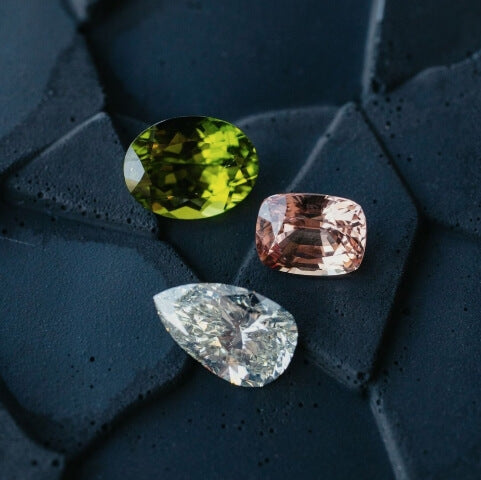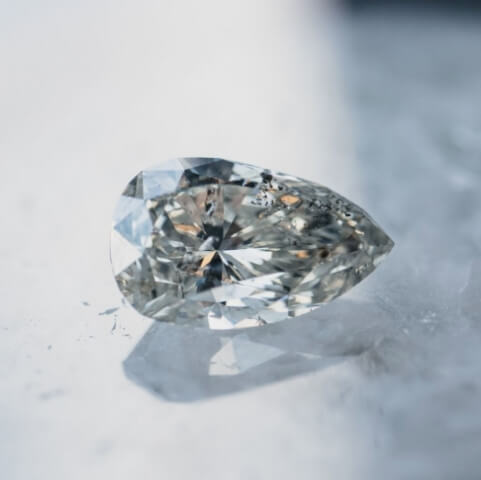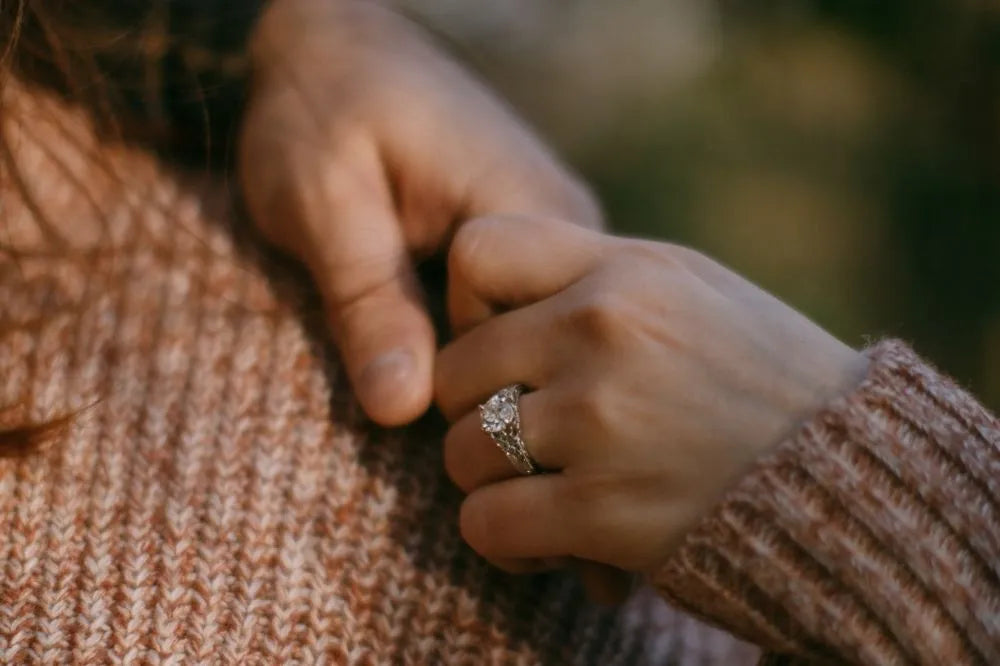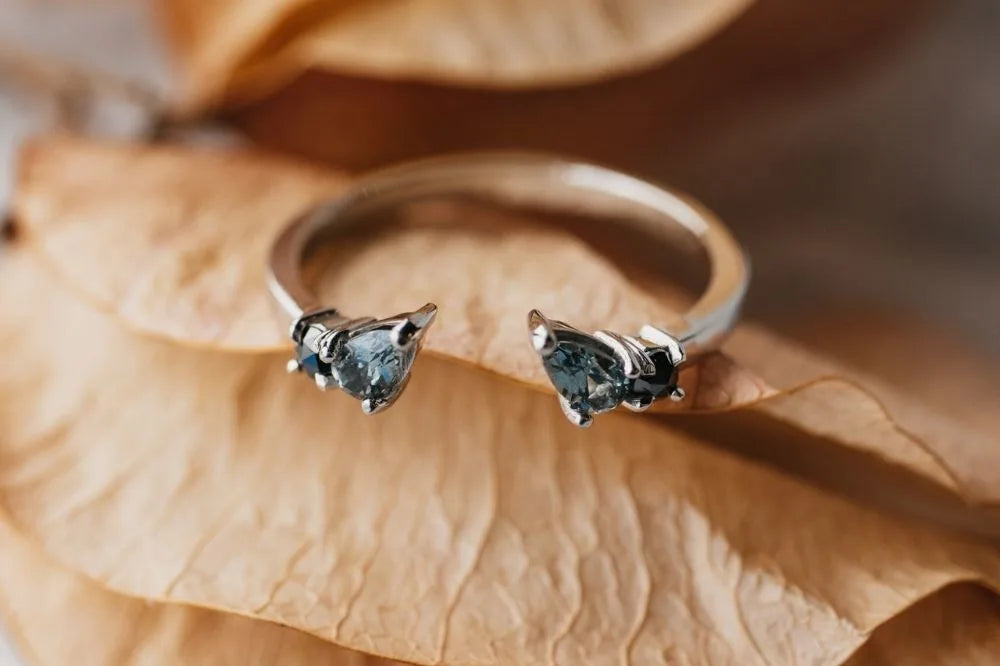When it comes to fine jewelry, the metal you choose is just as important as the diamond or gemstone it showcases. Whether you're selecting an engagement ring, designing a custom necklace, or investing in heirloom-worthy earrings, understanding the key differences between metal types - particularly the various forms of gold and the unique qualities of platinum - can help you choose the best option for your style, daily wear, and budget.
Gold Karats: What Do 10K, 14K, 18K, 22K, and 24K Mean?
The term karat (not to be confused with carat, which measures the weight of gemstones and diamonds) refers to the purity of gold used in jewelry. Pure gold is 24 karats, but because it's a naturally soft metal, it's typically blended with other metals - like silver, copper, or zinc - to enhance strength and adjust color. Here’s a breakdown of how the most common gold karat levels compare:
10K Gold (41.7% pure gold)
- Highly durable and resistant to scratches, thanks to its higher alloy content
- More budget-friendly compared to higher karat gold
- Well-suited for everyday wear, though it has a paler, less rich gold tone
- Frequently used in fashion jewelry and men's styles

14K Gold (58.5% pure gold)
- The most popular choice for engagement rings and wedding bands in the U.S.
- Strikes an ideal balance between purity, durability, and affordability
- Richer in color than 10K gold, while still tough enough for everyday wear

18K Gold (75% pure gold)
- Features a rich, vibrant yellow tone and a luxurious appearance
- Slightly softer than 14K gold, making it more prone to scratches over time
- Popular for fine jewelry, designer pieces, and high-end custom designs

22K Gold (91.6% pure gold)
- Known for its deep, warm yellow hue, often seen in traditional and cultural jewelry - especially in South Asian and Middle Eastern designs
- Beautiful for bold, solid pieces, but its softness makes it less ideal for intricate settings or jewelry with gemstones
- Best suited for special-occasion wear or designs that don’t require daily durability

24K Gold (99.9% pure gold)
- Pure gold in its most natural, vibrant, and brilliant form
- Extremely soft and easily scratched or bent, making it unsuitable for most wearable jewelry.
- Usually reserved for collectibles, coins, or ceremonial pieces.

Platinum: The Natural White Precious Metal
Platinum is a naturally white, hypoallergenic metal that’s prized for its strength and timeless appearance. Unlike white gold, which is alloyed and often rhodium-plated to achieve its bright finish, platinum retains its color without the need for plating. It’s typically 95% pure (marked 950), with a 5% alloy added for durability. While often associated with luxury, its weight and durability also make it a practical choice for everyday wear - especially for those who prefer a low-maintenance white metal option.

Why Choose Platinum?
- Highly durable and resistant to everyday wear, making it a great choice for engagement rings and wedding bands
- Structurally strong and doesn’t wear away like gold; however, because it’s about 95% pure (compared to gold alloys like 14K), it can develop a natural patina over time, which many people love for its character
- Rather than losing metal, platinum slowly develops a soft, matte finish instead of wearing down
- Naturally hypoallergenic, making it ideal for those with metal sensitivities
- Denser and heavier than gold, giving it a solid, substantial feel
- Usually comes at a higher price point due to its purity, rarity, and weight, although with the current price of gold it is now sometimes equal in pricing
Platinum vs. Gold: Which Should You Choose?
Platinum and gold are both classic choices for fine jewelry, but they differ in composition, durability, and maintenance. Gold comes in various purities and colors as it is alloyed with other metals to improve strength and adjust color. Over time, gold can wear down slightly, especially in lower karats, and may require occasional polishing to maintain its shine. Platinum, by contrast, is naturally white, durable, and retains its color without plating. It’s denser and heavier than gold, giving it a substantial, luxurious feel. Because of its purity and rarity, platinum typically comes at a higher price point. If you want a metal that offers lasting strength and a low-maintenance finish, platinum is an excellent option. If you prefer a wider range of colors, lighter weight, and more flexible price points, gold provides beautiful versatility.
So, Which Metal Is Right for You?
- Choose 10K or 14K gold for everyday pieces that need to withstand frequent wear (though it can still develop scratches over time) or everyday jewelry that needs to stand up to frequent wear.
- Opt for 18K gold if you love the richness of color and want something a bit more elevated for special occasions.
- Consider 22K or 24K gold for investment-grade jewelry. These higher-purity options are best suited for simpler designs, as they’re too soft for delicate settings or intricate stone work.
- Go with platinum if you value strength, a natural white finish, and a long-lasting, premium look that holds up beautifully over time.
At Baraka Gems, we offer custom design services and a curated selection of fine jewelry crafted in 14K, 18K, 22K gold, and platinum. Whether you're looking for a classic engagement ring or a bespoke piece with cultural significance, we’re here to help you choose the metal that suits your style and story.
Explore your metal options today at barakagems.com or book a consultation to get started.

